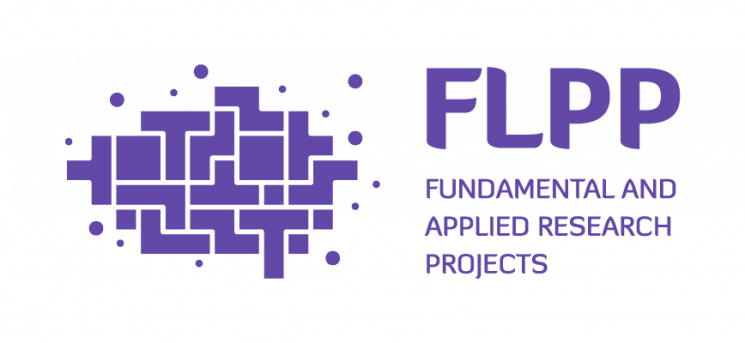
Role of metabolome, biomarkers and ultrasound parameters in successful labour induction
Aim
Description
Incidence of labour induction in developing countries is on the rise due to various reasons, however, failure of LI is associated with increased caesarean section rate up to 10–30 %, with subsequent short- and long-term complications. Ultrasound (US) measurement of cervical length (CL) is one of most precise prognostic factors in LI success. Spontaneous onset of labour is a cascade of biochemical reactions, which involves both maternal and fetal endocrine, paracrine and autocrine factors. Studies have revealed changes of steroid hormone levels and metabolic alterations in maternal serum. Blood and cervico-vaginal fluid biomarker status prior LI have not been widely studied in association with LI success. Within project, blood and cervico-vaginal fluid biomarkers and their association with labour induction success will be studied. The results of the study will be presented in high impact factor free-access publications and international conferences. Project will improve understanding about labour induction process, and provide benefit to public health in Latvia and internationally by potentially creating innovative approach to biomarker use in clinical practice. Through the understanding whether blood biomarker levels correlate with placental and amniotic sac receptor quantity, and with labour induction success individualized approach to labour induction by using combination of biomarkers and anatomical parameters in prediction of labour induction success can be applied.



